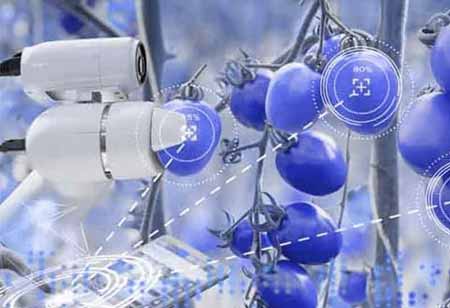Thank you for Subscribing to Agri Business Review Weekly Brief
Iot in Agriculture: 8 Techniques use Cases for Smart Farming (And Issues to Consider)
They assemble various data from the environment and send it to the cloud across the field.

By
Agri Business Review | Friday, October 01, 2021
Stay ahead of the industry with exclusive feature stories on the top companies, expert insights and the latest news delivered straight to your inbox. Subscribe today.
There are many methods IoT technology can help farmers increase their farm’s performance and Profit.
FREMONT, CA: With the increasing use of the IoT (Internet of Things), connected devices have penetrated every side of life, from automotive, logistics, health and fitness, home automation to industrial and smart cities IoT. Farming has seen several technological evolutions, becoming more technology-driven and industrialized in the last few years. By using several smart agriculture gadgets, farmers have attained better control over growing crops, making them more predictable and improving efficiency. Here is a consideration of IoT use cases in agriculture.
Smart agriculture is commonly used to indicate IoT solutions in agriculture. By using IoT sensors to gather environmental and machine metrics, farmers can make informed decisions and enhance every angle of their work – from livestock to crop farming. By using smart sensors to observe the crops, farmers can get exactly how pesticides and fertilizers they possess to utilize to reach optimal efficiency. It relates to the definition of smart farming.
Technologies and IoT can modify agriculture in many aspects. Data is assembled by smart agriculture sensors, e.g., weather conditions, soil quality, crop growth progress, or cattle’s health.
These details can enhance track of the state of agribusiness in general and staff performance, equipment efficiency, and many more. The potential to foresee the production output lets farmers outline better product distribution. If farmers realize exactly how many crops they will harvest, they can ensure their product won’t stay around unsold.
The most common smart agriculture gadgets are weather stations, coupling various smart farming sensors.
They assemble various data from the environment and send it to the cloud across the field. The given measurements can map the climate conditions, select suitable crops, and take the required measures to upgrade their capacity. Farmers use manual intervention to influence the greenhouse environment. IoT sensors permit them to get accurate real-time data on greenhouse conditions, including lighting, temperature, soil condition, and humidity.





